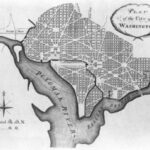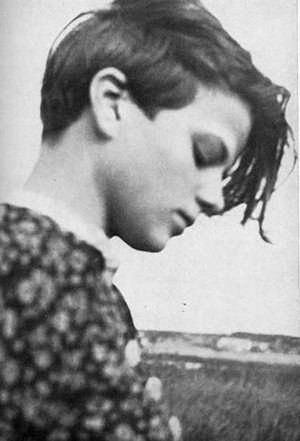Munich is most famous for two things: Oktoberfest and the rise of the Nazi’s. As long as you don’t get the two mixed up, visitors to the Bavarian capitol should have a lively and fun time. Take some time to enjoy this invigorating corner of Germany, for there is a lot more to this charming city that sits at the edge of the Bavarian Alps. Named after the Benedictine clergy, who first settled here in the seventh century, Munich translated to English literally means “monks”. One of first businesses established by the industrious friars was a small beer brewery that was very popular even in those days. Today, this once small settlement is a large and growing metropolis of over a million people and a great place for a short visit or a long stay.
Like almost everywhere else in Germany, Munich was heavily bombed during the war. In the post war years Munich, like other German cities, had a vote whether to raze the city and rebuild from new, or restore the old buildings. By a narrow vote, the city residents chose to restore. Today, one would never realize that the city had been bombed. Visitors flock to the new town hall (NeueRatHaus) by the dozens to watch the big town clock and the wooden figures that emerge from the tower several times a time. This glockenspiel (play of bells” is in two layers and depicts a royal wedding and a celebration by peasants.
The new town hall is just one of the many restored buildings that surround the Marienplatz (Mary’s square), a lively pedestrian mall, that is well worth the visit. From the center of the square you can also gaze at the Frauenkirche, a twin towered church that defines the Munich skyline. Then make your way over to the Virtualienmarkt, an open air market that sells fresh Bavarian pretzels and genuine German sausages among other things. It is amazing to see how many different types of pretzels are made and sold here every day. They are inexpensive and very tasty.
Not far from the old town hall is the in famous HofBrauHaus, Munich’s most popular beer hall. It is here and at the nearby Weisses BrauHaus that some of the National Socialist use to drink and sometimes even make speeches, when they still were just a regional phenomenon. Today, these beer halls are just as popular as ever. You can go here and mingle among the crowds of tourists or else visit one of the many other similar drinking establishments throughout the city for an authentic and popular Bavarian cultural experience that has spread to many parts of the world.
Munich offers a thousand interesting things to do inside the city limits, but it is also a jumping off point for countless day trips or overnight excursions into the surrounding countryside. King Ludwig’s castle at Neuchwanstein or the Zugspitze, Germany’s highest mountain, are both located about an hour journey’s to the south. So, are the fascinating towns of Fussen, Reutte (across the border in Austria), Oberammergau and Garmisch-PartenKirchen. All in all, there is quite a bit for to chose from here in the high country.
Sources:
http://en.wikipedia.org/wiki/Munich



